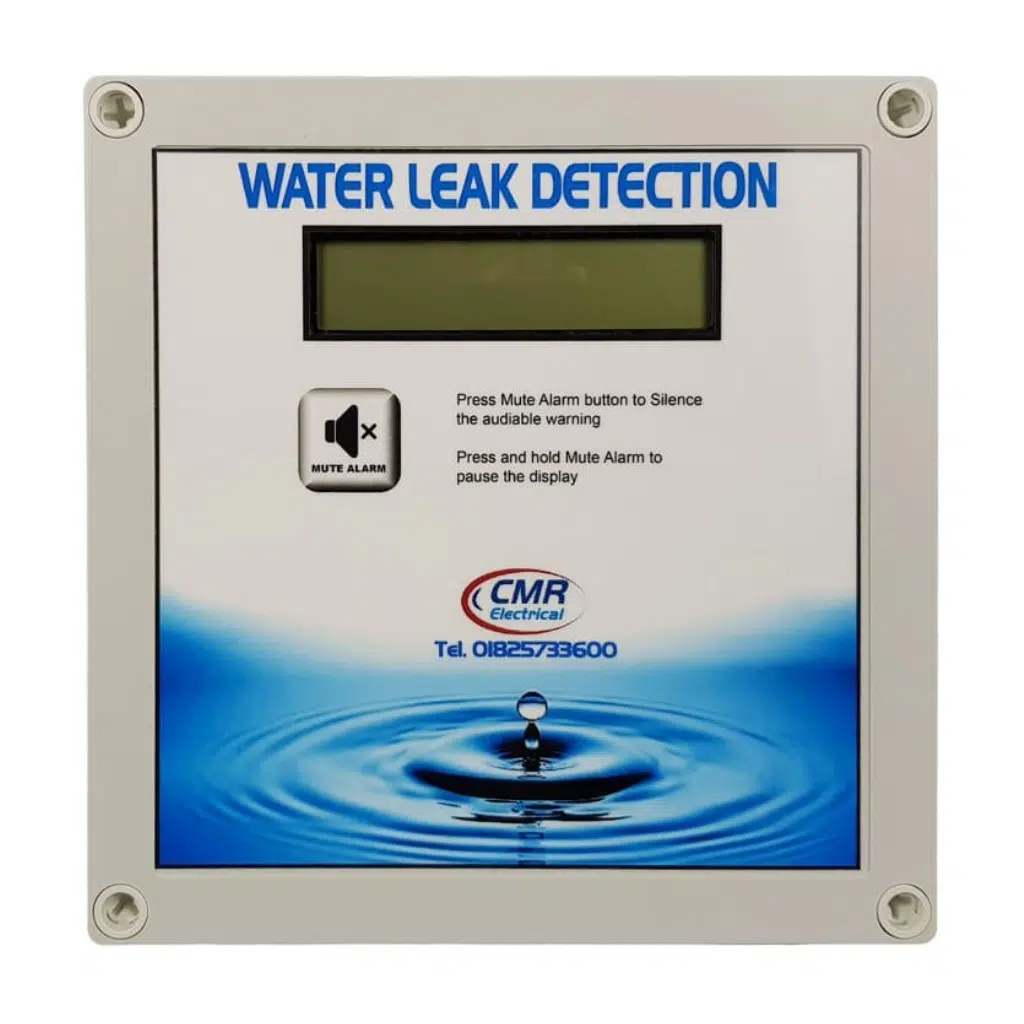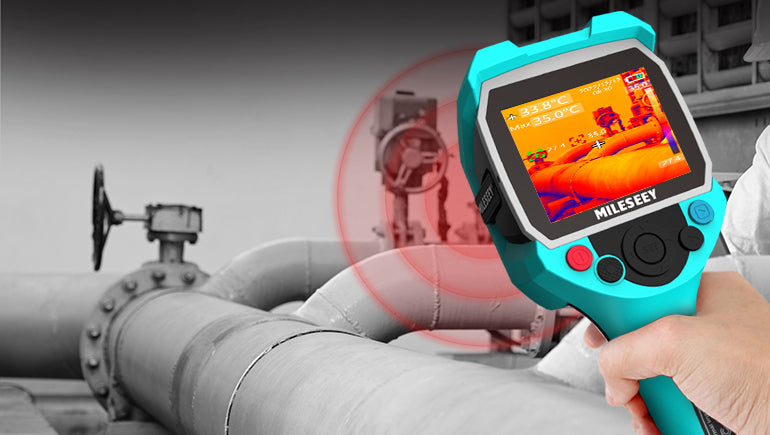Top Water Leak Detection Techniques to Safeguard Your Residential Or Commercial Property from Water Damage
Top Water Leak Detection Techniques to Safeguard Your Residential Or Commercial Property from Water Damage
Blog Article
Cutting-edge Solutions for Early Detection of Water Leaks in Structures and Infrastructure
From innovative leakage discovery modern technologies to the deployment of IoT sensing units for real-time tracking, the landscape of leak prevention is progressing swiftly. Automated water flow analysis systems are improving how leaks are determined and addressed, paving the method for an aggressive technique to water leak detection.
Advanced Leak Detection Technologies
Advanced leakage discovery modern technologies, equipped with advanced sensing units and formulas, play a vital function in promptly recognizing and pinpointing water leakages in various settings. These technologies employ a combination of acoustic, thermal, and electro-magnetic picking up approaches to detect leaks properly. Acoustic sensing units discover the audio of getting away water, permitting exact localization of the leakage resource. Thermal imaging finds temperature adjustments brought on by water leak, providing one more effective technique for leakage recognition. Electromagnetic sensing units can determine changes in magnetic fields triggered by water, supplying yet another layer of leakage detection capacity.

IoT Sensors for Real-Time Monitoring
In the world of modern water leakage detection, the assimilation of IoT sensors for real-time monitoring stands for a critical innovation in enhancing aggressive leak discovery capacities. These sensors provide continual surveillance of water systems, supplying real-time information on water flow rates, pressure variations, and temperature adjustments. By leveraging IoT technology, these sensing units can find even the tiniest anomalies in water use patterns, enabling very early identification of possible leakages prior to they intensify into major problems.
IoT sensing units transmit data to a central system, where innovative formulas assess the information and generate alerts or notifications when abnormalities are spotted. This real-time tracking ability enables building proprietors or center supervisors to promptly address leakages, decreasing water damages, lowering fixing prices, and preserving water sources.
Additionally, IoT sensors can be integrated with structure management systems, permitting for automatic reactions to detected leakages, such as shutting down water shutoffs or triggering pumps to mitigate the effect of leaks. In general, the implementation of IoT sensing units for real-time tracking considerably boosts the effectiveness and effectiveness of water leakage detection in structures and facilities.
Artificial Intelligence Algorithms for Leak Forecast

One key benefit of utilizing artificial intelligence for leakage forecast is its capacity to constantly discover and improve its precision gradually. As more information is accumulated and fed into the algorithm, it can refine its forecasts and adjust to altering conditions, inevitably boosting the dependability of leakage discovery systems.
Additionally, device learning formulas can aid in determining subtle indicators of leakages that may go undetected by standard monitoring methods. water leak detection. By assessing complex information sets in real-time, these algorithms can give early cautions and notifies, permitting timely treatment and preventative upkeep to minimize prospective water damages and associated expenses
Making Use Of Thermal Imaging for Leak Discovery
Thermal imaging technology provides an appealing technique for identifying water leaks in various systems and infrastructures. By using infrared radiation and temperature level differences, thermal imaging electronic cameras can recognize covert leaks that are not quickly visible to the naked eye.
One of the essential advantages of thermal imaging for leakage discovery is its non-intrusive nature. Unlike typical methods that may require getting into walls or floorings to locate leakages, thermal that site imaging enables for non-destructive testing. This not only saves time and reduces costs read yet additionally lessens interruption to the building or infrastructure being analyzed. In addition, thermal imaging can promptly check large areas, giving a thorough introduction of prospective leak resources in a prompt manner. Overall, using thermal imaging modern technology improves the efficiency and precision of water leakage detection, making it a valuable device for preserving the integrity of buildings and frameworks.
Automated Water Flow Analysis Equipments
Just how can automatic water flow evaluation systems reinvent the detection and monitoring of leaks in different systems and infrastructures? Automated water flow analysis systems provide a proactive approach to leak discovery by continuously keeping track of water circulation rates and patterns. By developing standard data, these systems can promptly recognize inconsistencies that may show a leak, allowing punctual intervention to stop try this out comprehensive damages.
These systems make use of sophisticated formulas to analyze real-time information and provide instant signals when anomalies are detected, permitting speedy action to be taken. In addition, automated water circulation analysis systems can be incorporated with building monitoring systems or IoT platforms, boosting general performance and allowing remote surveillance abilities.
Additionally, the data collected by these systems can be utilized for anticipating upkeep objectives, helping to determine possible weak points in the facilities prior to leakages happen. On the whole, the application of automatic water circulation analysis systems can significantly boost leak discovery and management methods, eventually resulting in cost financial savings, reduced water wastefulness, and raised sustainability in structures and framework.

Conclusion
To conclude, the integration of innovative leak discovery modern technologies, IoT sensing units, artificial intelligence formulas, thermal imaging, and automatic water circulation analysis systems uses cutting-edge solutions for early detection of water leaks in structures and framework. These technologies enable real-time monitoring, prediction of leaks, and effective detection techniques to protect against water damage and waste. Applying these solutions can help in maintaining the stability and sustainability of water supply in various settings.
Report this page